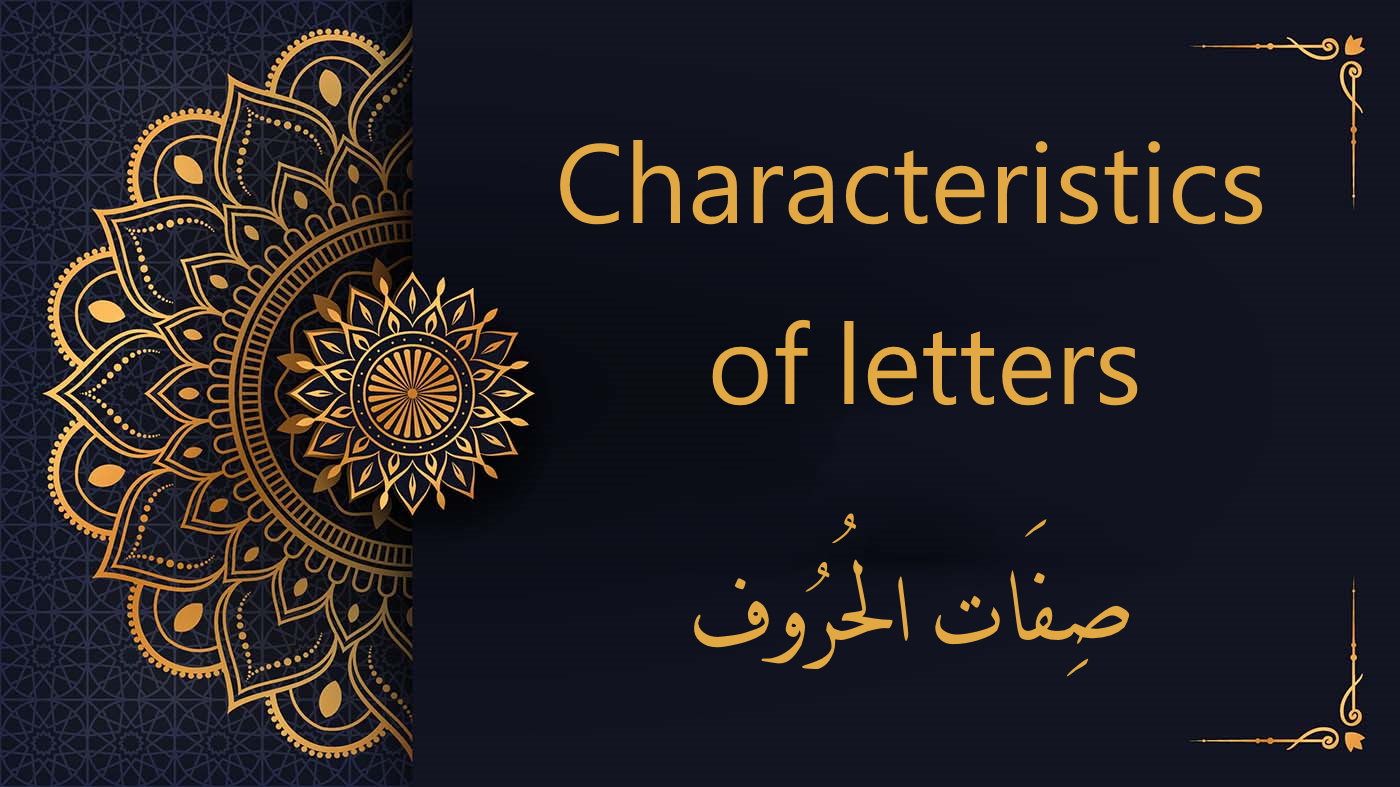Characteristics of letters | Sifaat al Huruf | Tajweed rules

Exploring the Nuances: The Characteristics of Arabic Letters (sifatul huruf) Delving into Sifaat: Understanding the Characteristics of Letters After examining the exit points or “Makharij” of the Arabic letters, it’s essential to delve deeper into their distinctive features or “Sifaat (صِفَات)”. While several letters may share the same exit point, their unique characteristics set them […]

